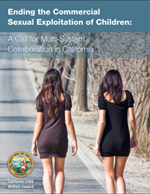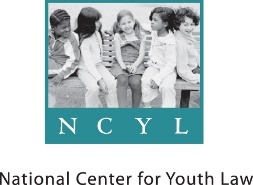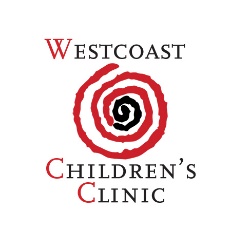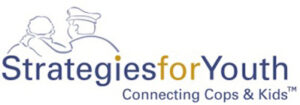The commercial sexual exploitation of children (CSEC) is the second most profitable criminal enterprise globally and a growing problem in California. The FBI estimates that 100,000 children, as young as ten years old, are sold for sex each year in the United States, and it identifies the Bay Area as a primary hub. These youth present with many risk factors including runaway history, mental health and substance abuse challenges, chronic absenteeism, and unplanned pregnancies. Youth in the child welfare system are particularly vulnerable; although estimates vary widely, the majority of trafficked youth have documented histories of abuse or neglect. Unstable placements and lack of positive relationships create vulnerabilities that exploiters target. Yet, until now, child welfare agencies in California have not had the statutory authority to respond to cases unless the trafficker is a parent or caregiver. As a result, these youth often fall through cracks between systems, or they are identified by law enforcement and served through the punitive juvenile or criminal justice system, which typically does not address their significant need for comprehensive, coordinated medical and psycho-social services.

Read the CSECAction Team Report»
Federal and state policies in the past year have begun to address the multi-faceted challenge of CSEC and its link to child welfare. The Federal Preventing Sex Trafficking and Strengthening Families Act of 2014, among other things, requires states to identify, document and determine appropriate services for children in the child welfare system who are victims of sex trafficking or at risk of becoming victims. Also signed into law in 2014, California Senate Bill 855 amended California’s Welfare and Institutions Code to clarify that commercially sexually exploited children fall under the jurisdiction of the child welfare system. It also created a new optional program and $14 million annually for counties to develop multidisciplinary protocols and systems for responding to the needs of these vulnerable youth.
The Zellerbach Family Foundation supports a range of efforts to help ensure that counties and providers have the proper tools and guidance to effectively identify, prevent and deliver critical services to sex-trafficked children and youth, as follows:
CSEC Action Team
In 2013, the California Child Welfare Council created a CSEC Action Team following the release of a pivotal report, “Ending the Commercial Sexual Exploitation of Children: A Call for Multi-System Collaboration in California.” The purpose of this multidisciplinary team is to improve systems, policies, services and supports for sex-trafficked and at-risk children and their families. The Team is co-chaired by Diana Dooley, Secretary of California Health and Human Services, and Leslie Starr Heimov, Executive Director of Children’s Law Center, and it is staffed by the National Center for Youth Law. In the past year, the Action Team conducted and analyzed an in-depth survey of county agencies to identify the availability and need for tools and resources; developed learning objectives for CSEC awareness training; vetted several training curricula; and developed and vetted a Model Interagency Protocol Framework and CSEC Practice Guidance Toolkit for counties to comply with the new statewide program. The Action Team continues to provide guidance to counties and the state and is in the process of establishing a Survivor Advisory Board to ensure that materials and recommendations developed by the team are informed by those with lived experience.
CSE-IT Tool
WestCoast Children’s Clinic, in collaboration with other providers and survivors, developed the Commercial Sexual Exploitation-Identification Tool (CSE-IT), a ground-breaking tool to identify children and youth who are being sexually exploited or are at risk of exploitation. WestCoast also developed a training curriculum and user manual and is in the process of training providers to pilot the tool in 40 sites in 21 counties throughout California. Pilot sites include child welfare agencies, probation departments, public mental health agencies, a school, health care facilities, legal organizations, a child advocacy center, and various community base organizations (e.g., mental health, shelter, residential facility). To ensure that the tool is standardized, valid and reliable in various settings and with diverse populations, WestCoast will analyze data collected from the pilot sites, representing an anticipated 8,000 youth. The first of its kind, the CSE-IT tool was recently reviewed in The Chronicle of Social Change, and it received national recognition when West Coast Executive Director Dr. Stacey Katz presented it at the White House during the National Convening on Trafficking and Child Welfare. Ultimately, the goals of this project are to identify youth more quickly to prevent further abuse and trauma, 2) reliably measure the number of CSEC to enable data-driven decision-making, 3) ensure that multiple child-serving systems have the capacity to screen youth, and 4) facilitate evidence-based decisions about where and how to allocate resources.
CSEC Training
- Quizzes that test participants’ knowledge of adolescent development and the economics of CSEC;
- Jeopardy game that tests participants’ knowledge about CSEC in a competitive game format riddled with common misperceptions; and
- Facilitated discussion of open-ended questions regarding available resources in localities that nudge participants to locate or advocate for the development of resources in their areas.
This training was vetted by the CSEC Action Team and is available with other training curricula as part of the CSEC Toolkit.





